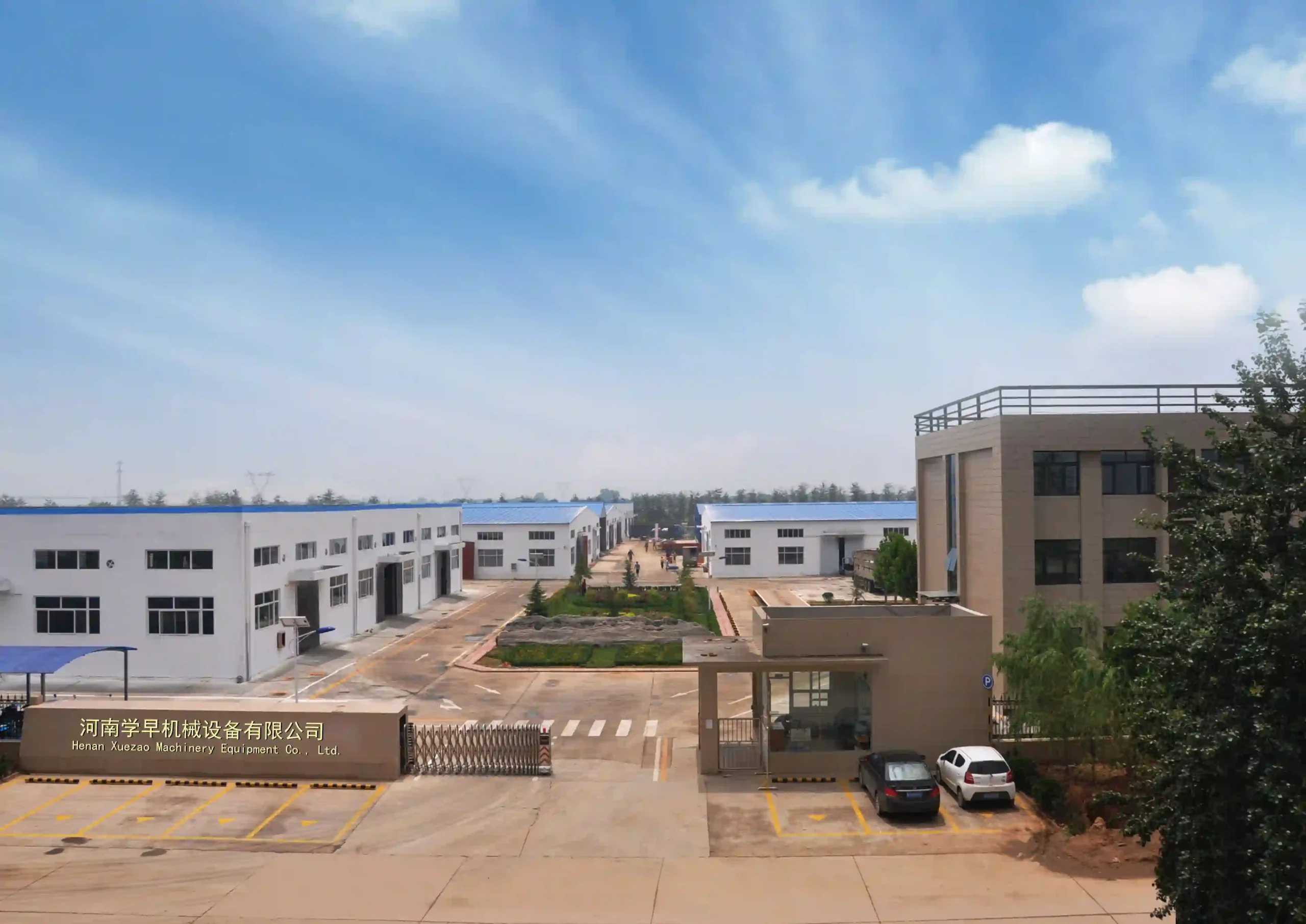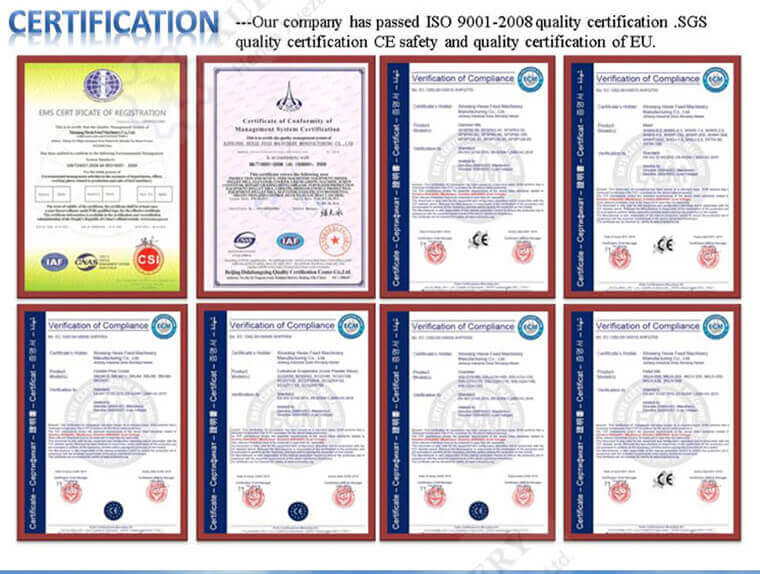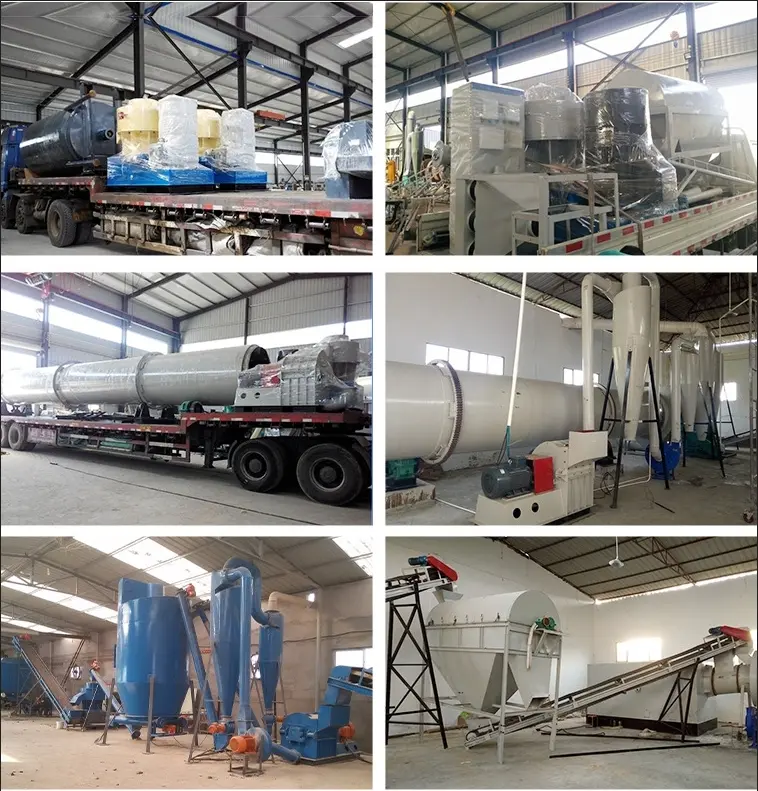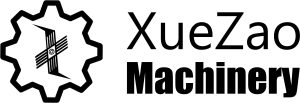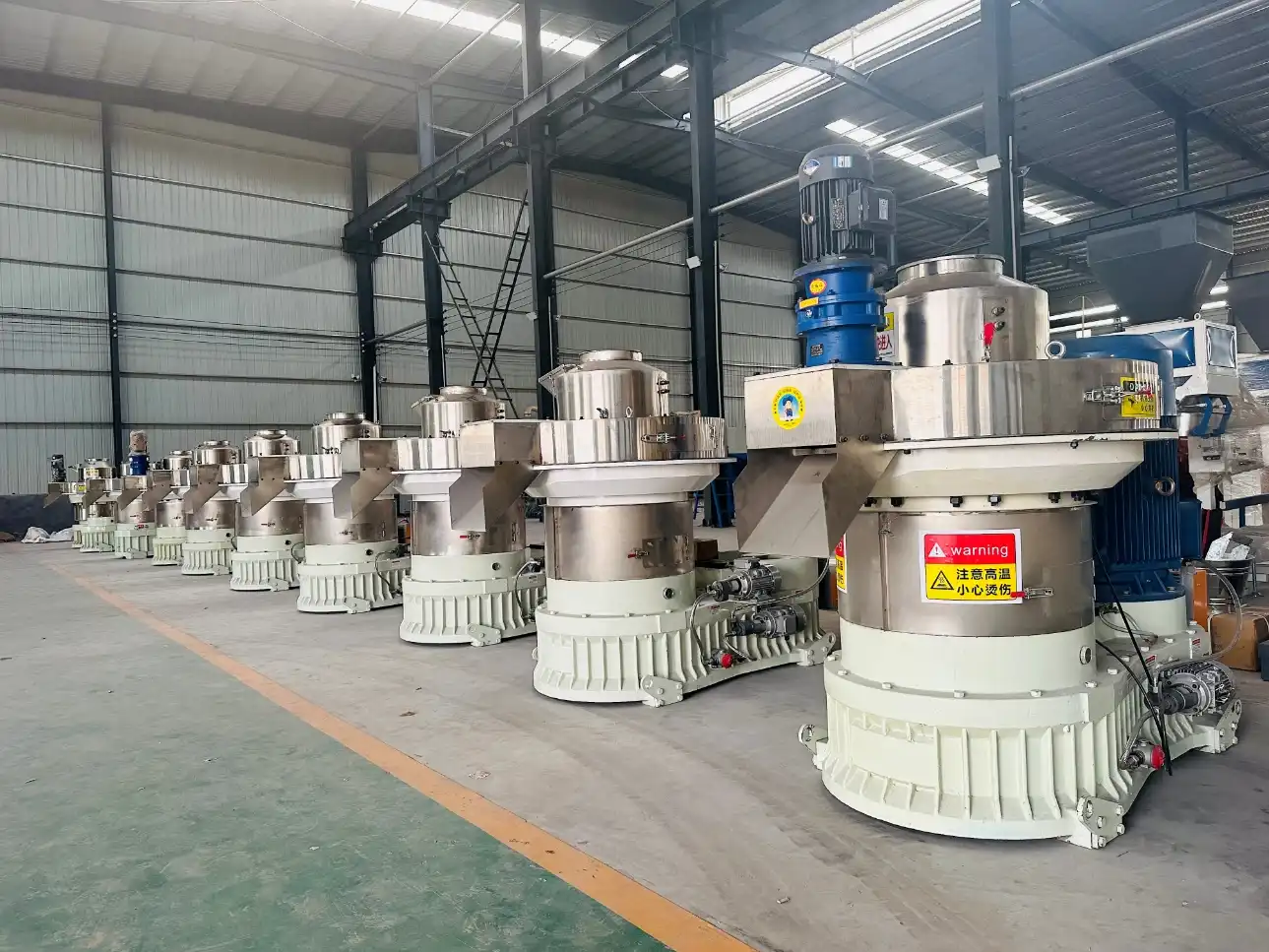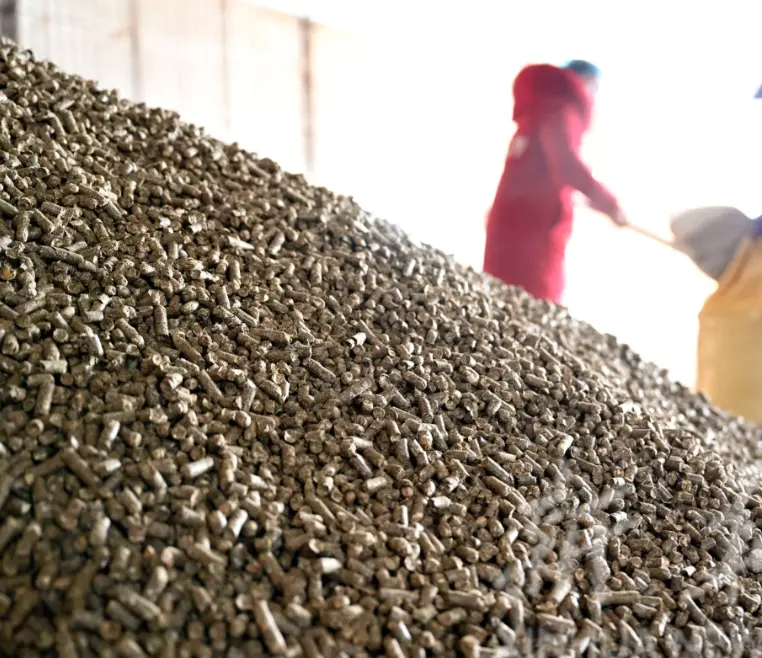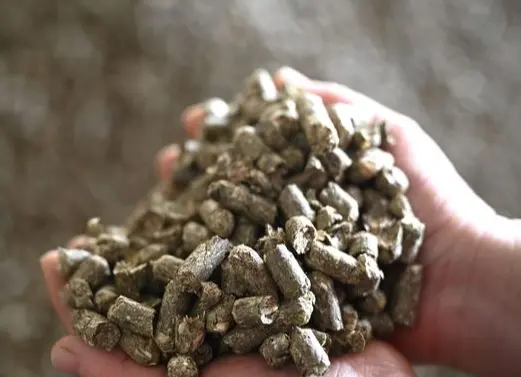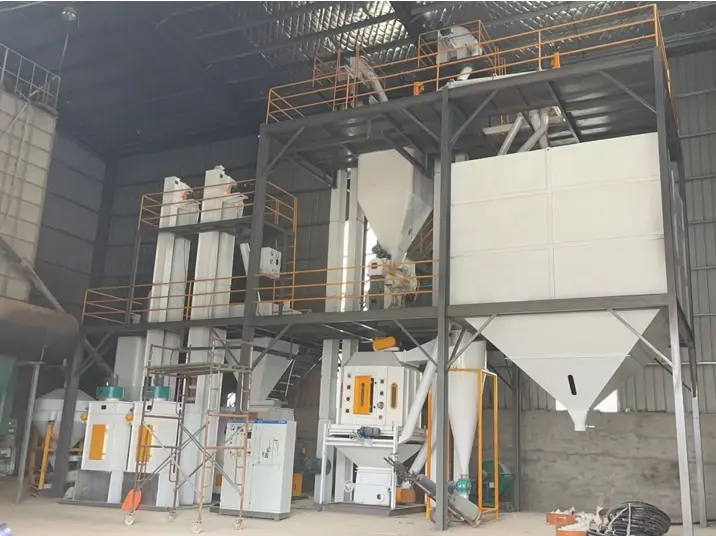The diesel-powered Feed Pellet Machine caters to a horsepower range of 8 to 55, facilitating a production range spanning 60 to 800kg/h. It finds diverse applications in large, medium, and small-scale aquaculture, grain feed processing plants, livestock farms, poultry farms, individual breeders, and small to medium-sized breeding facilities.
This machine, powered by a diesel engine, boasts a compact and simple design, ensuring ease of mobility. Employing a flat die and movable disc design, it excels in producing feed pellets, reaching an hourly output of 300-400KG/H (feed).

The overall configuration of the production line comprises the Feed Pellet Machine Diesel Version and its comprehensive set of technical support components, available for combined purchase inquiries.
Technical Parameters and Product Introduction:
The Feed Pellet Machine Diesel Version employs a diesel engine as its primary power shaft, operating in a cyclical manner. Gears drive the main shaft, die plate, and friction rollers, generating friction temperatures (between the rollers and die plate) of up to 80°C. Feeding through high temperature, under the action of the rollers, quality pellets are formed and roll out through the discharge outlet. Additionally, the pellet length can be adjusted by manipulating the cutter head’s position.

Features of the Feed Pellet Machine Diesel Version in Factory Settings:
1. Scientifically designed structure, compact, occupying minimal space, and emitting low noise.
2. This small-scale machine with dry in and dry out capabilities streamlines material processing, offering high yield with low energy consumption.
3. High pellet forming rate, resulting in high hardness and smooth surface pellets, facilitating storage and transportation.

4. Equipped with multiple die diameters (2.5–10mm), adaptable to various materials for optimal performance.
5. Adaptable to different materials, ensuring efficient compression.
6. Simple operation and maintenance, ensuring safety and reliability.
7. Strong adaptability to workspaces.
8. Solid overall casting, featuring a robust structure and appealing appearance, ensuring a long service life.

The Feed Pellet Machine Diesel Version excels in its structural design, operational efficiency, and adaptability, making it a versatile and efficient tool for various farming and feed processing applications.
